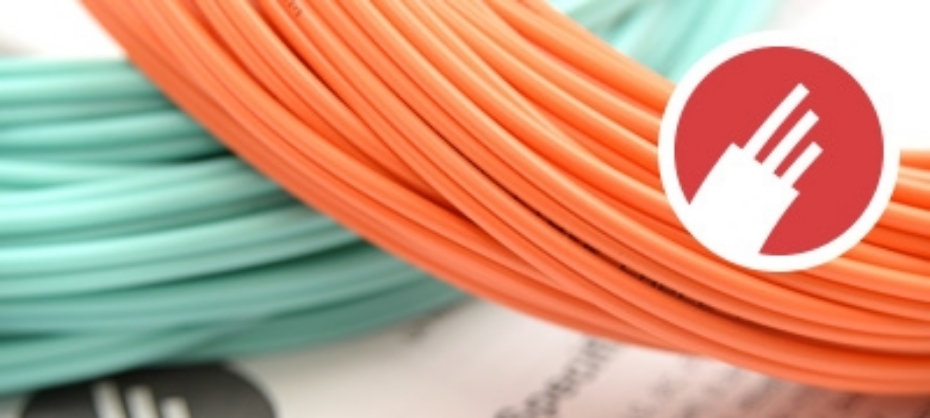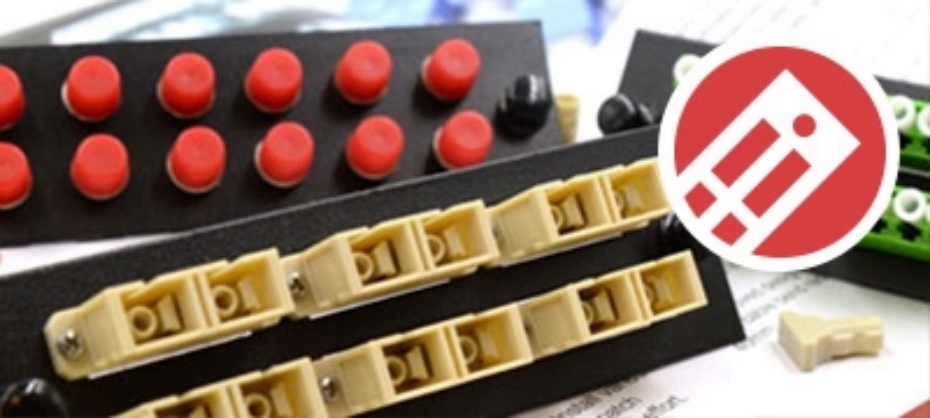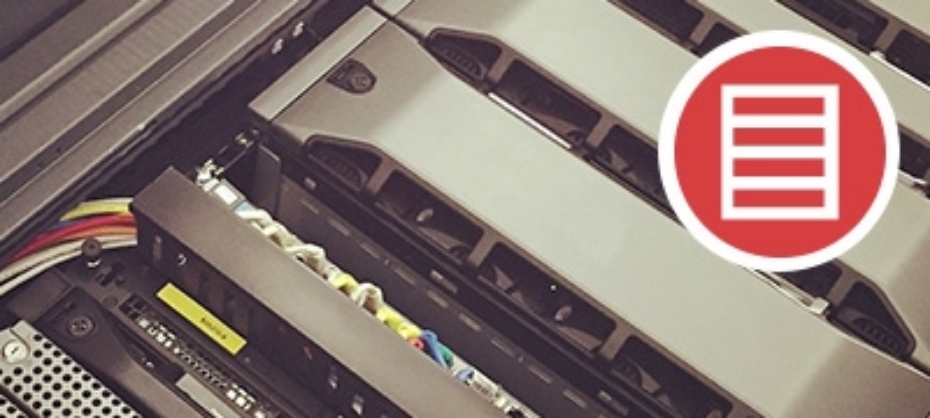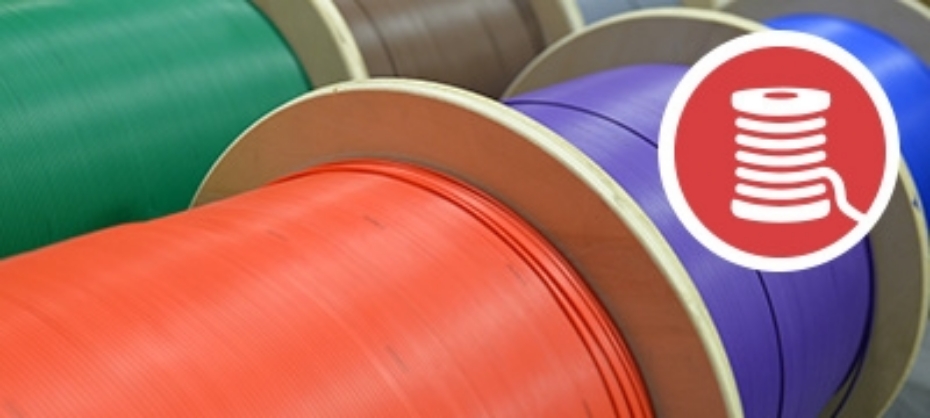So you’re sitting there and wondering to yourself, Singlemode, Multimode. What’s the difference? Well wonder no more the answer you’re looking for is just below, but first let’s briefly discuss fiber optics in general.

Fiber optics is essentially sending signals in the form of light, down very thin strands of glass or plastic. The light is sent down the center of the fiber known as the core. The core is encased in an optical material called “cladding”. The cladding ensures the light remains trapped within the core by making use of an optical technique known as “Total Internal Reflection“. Both the core and the cladding are generally made of ultra-pure glass. The cable is then covered and protected by and outer plastic cover called a “jacket”. Jackets come in various types and colors as well but this is a topic for future article.
Singlemode Fiber Optic Cable
Singlemode cables feature a core with a very small diameter that only allows one mode of light through (thus the term Singlemode). As a result of this the number of reflections resulting from the light traveling down the core are dramatically reduced. This in turn lowers the attenuation and allows the signal to travel both faster and further. If it helps, think of it in terms of a lot of water flowing through a very thin hose pipe, it will be far more compressed, travel faster and further through small the hose than through a large one.

Singlemode fiber cable is usually identifiable by a standard yellow jacket and available in a typical 9/125 ratio, this means the core has a diameter of 9µm (microns) and the cladding has diameter of 125µm.
Multimode Fiber Optic Cable
Multimode fiber optic cables sport a larger diameter core that allows multiple modes of light to propagate, simple right? Well not quite, as you would expect due to the larger core diameter more data is able to be transmitted. However, far more light refraction and attenuation takes place. This means that they are generally used over far shorter distances thaningle-mode cables due to signal degradation. They are most commonly found in short distance data applications such as LANs (Local Area Networks).

Multimode fiber is typically available in both 50/125 and 62.5/125 ratios. That is a core to cladding ratio of 50µm to 125µm and 62.5µm to 125µm.
While this is a somewhat simplistic break down of the differences, hopefully you have found it useful in understanding the basic differences between Single-mode cables and Multimode cables and can use this to help you decide which type of cable will best suit your fiber optic cable needs.












